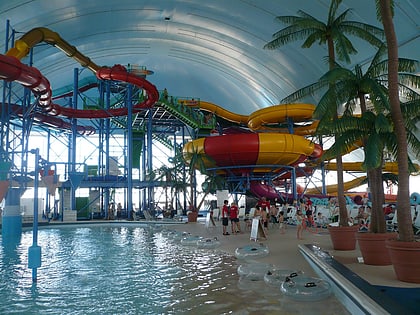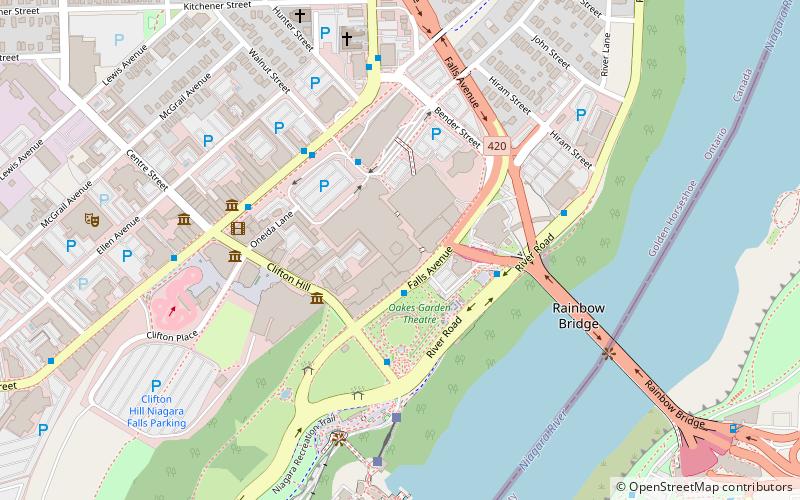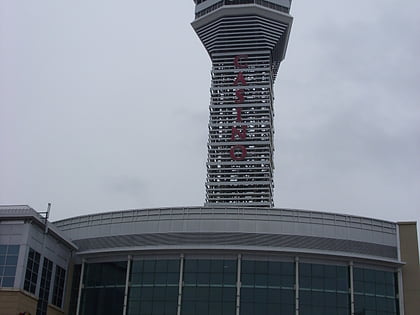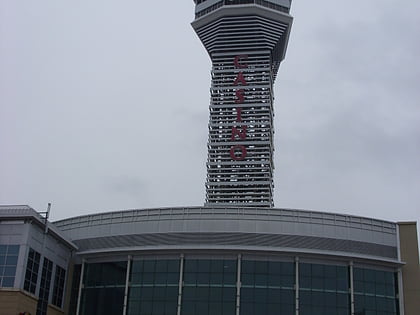Niagara Falls Suspension Bridge, Niagara Falls
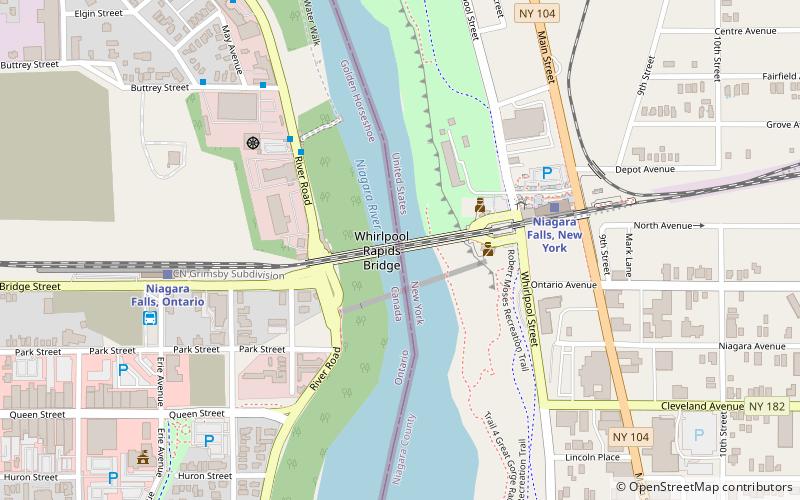
Facts and practical information
Spanning the churning waters between the United States and Canada, the Niagara Falls Suspension Bridge stands as a testament to 19th-century engineering prowess. This historic bridge, once a critical passageway across the Niagara River, played a significant role in the transportation and development of the region.
Constructed in the mid-1800s, the Niagara Falls Suspension Bridge was an architectural marvel of its time. With its robust cables and sturdy decking, the bridge provided a vital link for people and goods traveling between the two neighboring nations. It was particularly notable for its support of railway traffic, enhancing commercial exchange and fostering economic growth in the area.
The bridge's design not only offered practical benefits but also presented a picturesque silhouette against the backdrop of the roaring falls. Visitors and locals alike would often pause to admire the scenic views from the bridge, with the mist from the falls providing a perpetual, ethereal quality to the landscape.
Although the original Niagara Falls Suspension Bridge has since been replaced to accommodate modern transportation needs, its legacy endures. The bridge's remnants serve as a historical landmark, capturing the spirit of innovation and the importance of connectivity in the Niagara region.
Niagara Falls
Niagara Falls Suspension Bridge – popular in the area (distance from the attraction)
Nearby attractions include: Niagara Gorge, Whirlpool Aero Car, Bird Kingdom, Rainbow Bridge.
Frequently Asked Questions (FAQ)
Which popular attractions are close to Niagara Falls Suspension Bridge?
How to get to Niagara Falls Suspension Bridge by public transport?
Train
- Niagara Falls, Ontario (7 min walk)
Bus
- Niagara Falls Bus Terminal • Lines: 12 (8 min walk)





